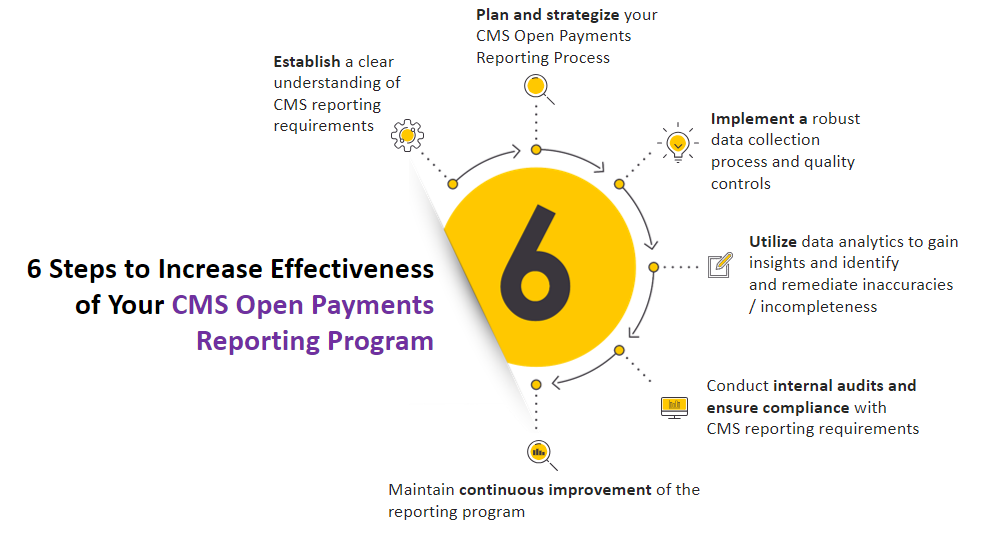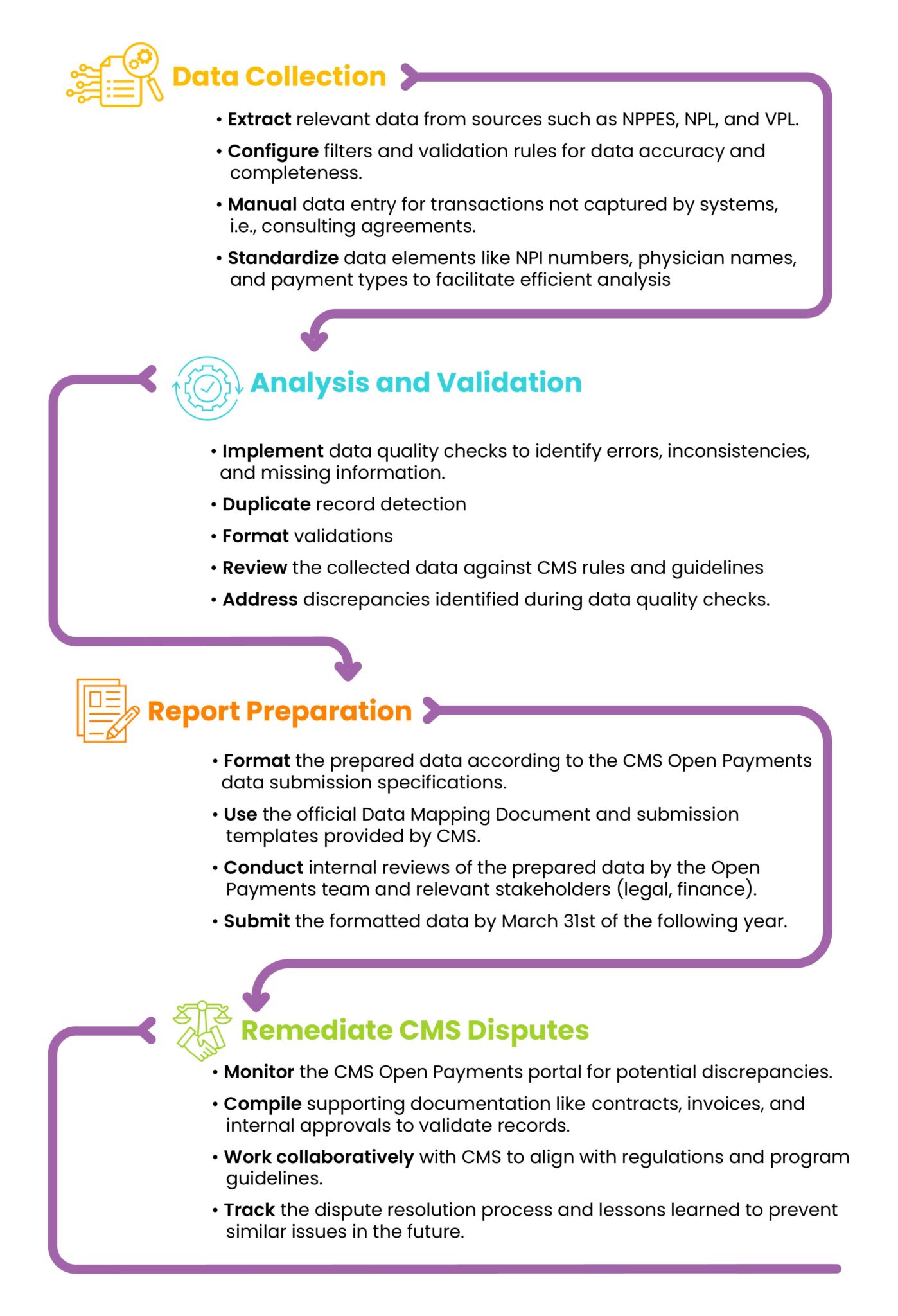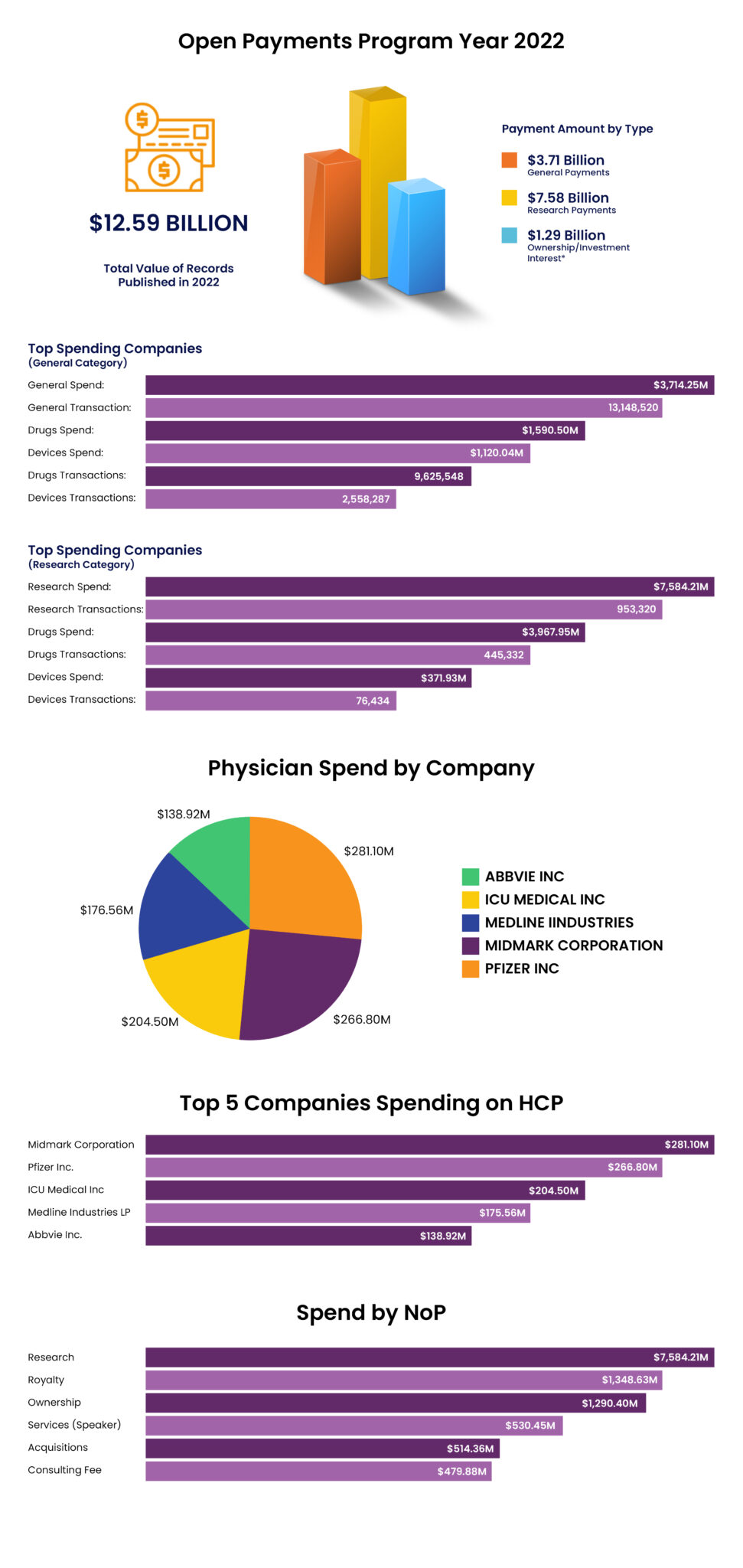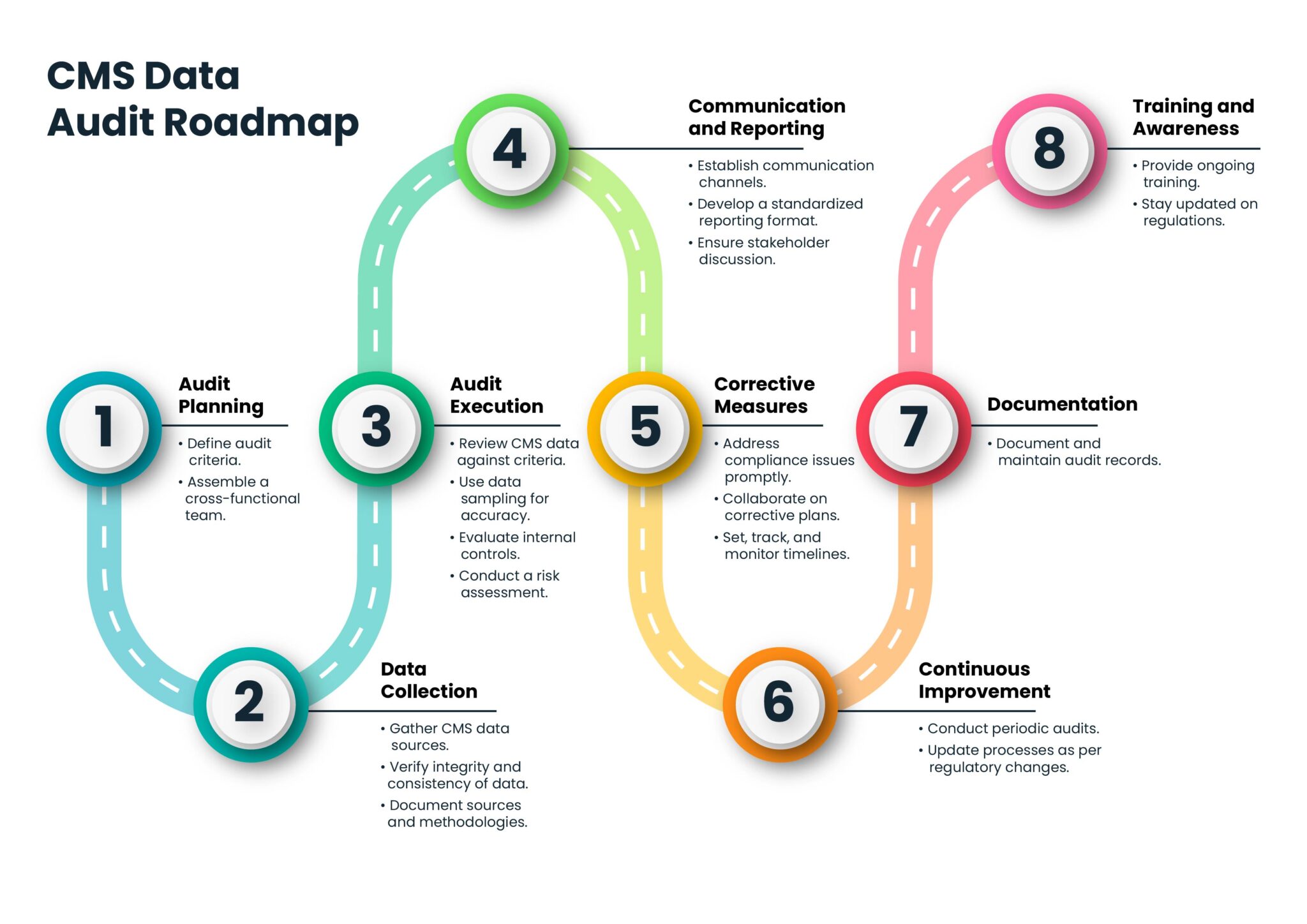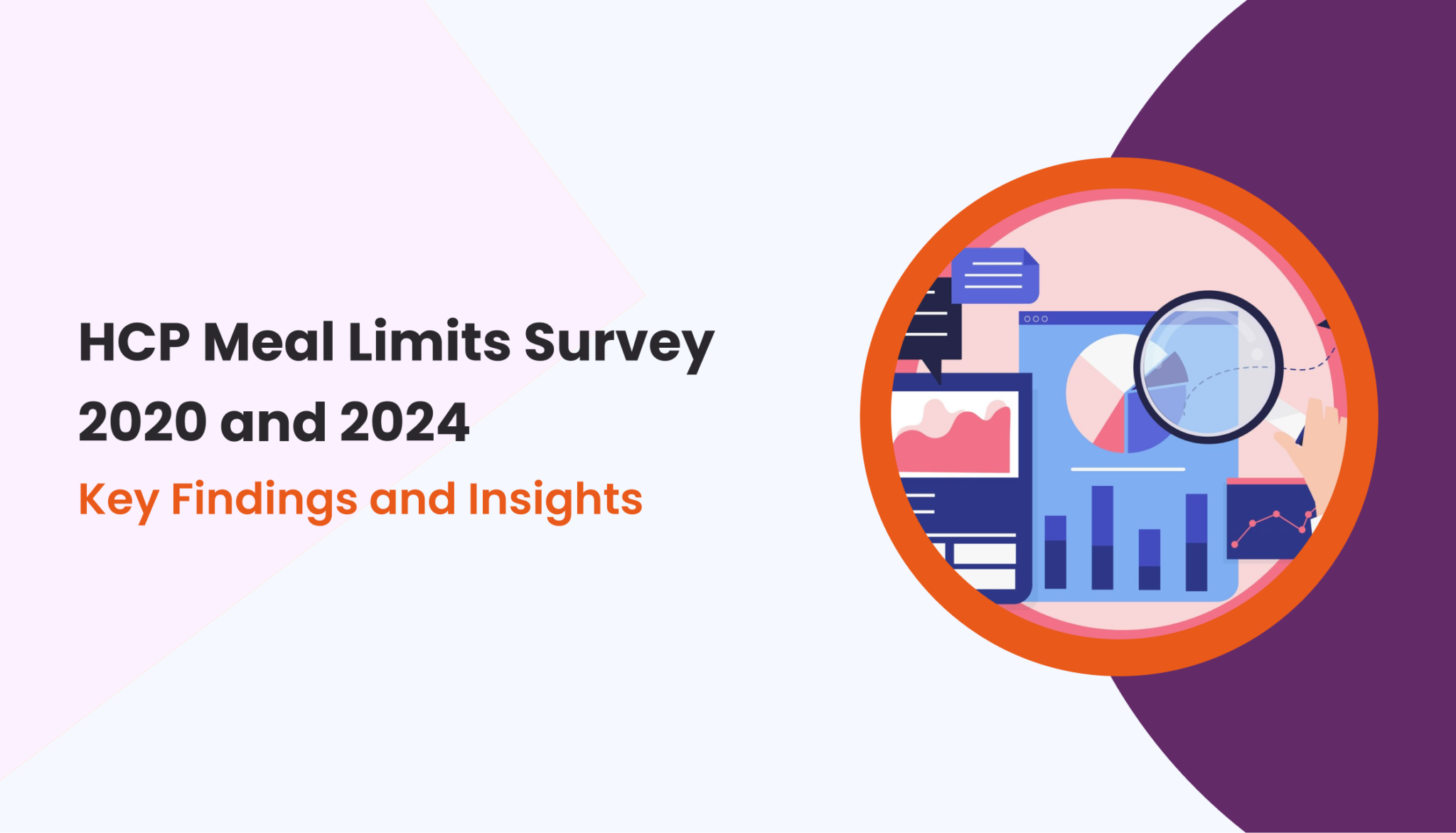What is CMS Transparency Reporting?
CMS transparency reporting, also known as CMS Open Payments, is a program established under the Affordable Care Act. Life sciences companies, including manufacturers and group purchasing organizations (GPOs), must disclose financial transactions with physicians and teaching hospitals. This includes payments, gifts, research funding, and other transfers of value.
The reported data is made public through an online database, promoting transparency and accountability within the life sciences sector. The program aims to empower patients by providing insights into financial relationships within the industry. Compliance with reporting requirements is mandatory, and the information is updated annually.
The Need for an Effective Reporting Program
The significance of CMS transparency reporting cannot be overstated in the contemporary landscape of life sciences. At its core, this initiative is a powerful catalyst for fostering transparency, accountability, and trust within the industry. By mandating the disclosure of financial relationships between life sciences companies and healthcare providers, CMS Open Payments Reporting empowers patients to make informed decisions about their care.
The program acts as a sentinel against potential conflicts of interest, ensuring that the life sciences ecosystem operates with integrity. Beyond compliance, the transparent reporting of financial interactions establishes a foundation for ethical practices, building trust not only between patients and providers but also among industry stakeholders. CMS transparency reporting plays a crucial role in creating an environment that values truthfulness, moral behavior, and a dedication to providing the best possible care for patients.
A Deep Dive into the Challenges in CMS Open Payments Reporting
- Keeping up with Evolving Reporting Requirements: Adhering to changing CMS requirements is challenging for compliance professionals.
- Data Silos: Data is often siloed within different departments or functions of a company. This can make it difficult to get complete, accurate data and a holistic view of a company’s spending.
- Data Quality: Life sciences companies often generate and collect large amounts of spend data from multiple sources. Validating this data is a challenge, such as verifying HCP/HCO information.
- Lack of Early Data Visibility: Visibility of the final reportable data is very close to the reporting deadline, leaving very little room for a final quality check.
- Lack of Resources: Companies may not have the capacity to handle or expertise to collect, analyze, and prepare their complete spend data accurately and timely.
- Manual Data Remediation: Manual remediation of inaccuracies associated with Open Payments data requires much effort, such as identifying outliers, duplicate transactions, and other relevant data anomalies.
Six Steps to Increase the Effectiveness of Your CMS Open Payments Reporting
-
Establish A Clear Understanding of CMS Reporting Requirements
Initiate a thorough analysis of both federal and state regulations that impact transparency reporting. Collaborate closely with compliance and legal teams to gain comprehensive insights into CMS reporting obligations. Develop a detailed documentation matrix that outlines specific reporting elements and delves into details such as data sources, permissible variations, and potential exemptions. This matrix should serve as a comprehensive reference guide for seamless adherence to CMS reporting guidelines.
-
Plan and Strategize Your CMS Open Payments Reporting Process
Develop a comprehensive Open Payments Reporting plan that goes beyond task enumeration. Specify key deliverables, assign responsibilities, and define resource requirements. Align the reporting strategy with broader business objectives by incorporating a detailed analysis of technological dependencies. Ensure that the reporting plan is not only responsive to immediate reporting needs but is also flexible enough to accommodate evolving business goals. Implement a risk mitigation plan that addresses potential challenges and contingencies, fostering a proactive approach to reporting.
-
Implement A Robust Data Collection Process and Quality Controls
Utilize cutting-edge technologies, such as AI and automation, to streamline the data collection from third-party vendors like Clinical Research Organizations (CRO), Speaker Program management companies, or different sources like Concur, Veeva, NPPES, VPL & NPPL. Develop a robust data architecture that ensures seamless integration and extraction of relevant information. Whether data will be provided quarterly, monthly, semi-annually, or yearly is the company’s decision. The decision on how frequently data is collected affects the resources and amount of work necessary to clean up any anomalies. Establish stringent data quality controls, including validation checks and systematic error resolution protocols. Additionally, prioritize data security by implementing secure data encryption and access controls to maintain confidentiality and data integrity throughout the collection process.
-
Utilize Data Analytics to Gain Insights, Identify and Remediate Inaccuracies / Incompleteness
Leverage a data-driven Open Payments Reporting solution to conduct an in-depth analysis of spending patterns and trends within your CMS Open Payments data. Implement advanced anomaly detection mechanisms to systematically identify and flag irregularities, ensuring a proactive approach to addressing potential inaccuracies, duplications, or incomplete data. Generate comprehensive reports that highlight key findings and provide actionable insights, enabling informed decision-making in the reporting process.
-
Schedule Internal Audits and Ensure Compliance with CMS Reporting Requirements
Schedule regular internal audits involving cross-functional teams to assess not only the accuracy and completeness of data but also the effectiveness of the reporting process as a whole. Establish a transparent and collaborative communication process for reporting audit findings, promoting a culture of accountability and continuous improvement. Implement corrective actions promptly to address any identified issues and prevent the risk of non-compliance. Continuously update the internal audit process to align with evolving CMS reporting requirements, ensuring a proactive approach to compliance.
-
Maintain Continuous Improvement of The Program
Identify opportunities for improvement in the data collection, validation, and reporting process through regular feedback. Engage with stakeholders, including legal, compliance, and business units, to gather insights into areas for enhancement. Explore emerging technologies and industry best practices through ongoing research and collaboration, aiming to enhance the efficiency and effectiveness of the reporting program. Foster a culture of continuous learning, improvement, and adaptability within your transparency reporting process.
Conventional CMS Open Payments Reporting Vs. Data-Driven CMS Open Payments Reporting
Conventional CMS Open Payments Reporting |
Data-Driven CMS Open Payments Reporting |
| Compliance officers do what they can to carry out CMS Open Payments Reporting with limited team members and budget constraints. | Compliance officers can analyze, validate, and prepare Open Payment Reports quickly and efficiently using a data-driven approach combined with AI. |
| Accessing and analyzing data becomes difficult due to disparate/siloed systems. This results in complexity as accessing quality data becomes difficult, OR there’s too much data to analyze. | Integration with SAP Concur, Veeva, NPPES, VPL & NPPL, and other data sources enables compliance officers to access and work with quality data seamlessly. |
| Lack of visibility of Open Payments Data compromises the accuracy of spend data leading to inaccurate data being submitted to the CMS. | Get complete visibility into your data, enabling you to distinguish between reportable and non-reportable transactions, and detect anomalies early on. |
| A high risk of missing out on transactions or reporting inaccurate data leads to increased board scrutiny and penalties. | AI-driven verification of HCP/HCOs and identification of missing transactions or inaccurate entries to ensure risk remediation and submission of error-free reports. |
| Uncertainty regarding the completeness of data can significantly impact your CMS Audit Readiness. | Compliance officers can effectively assess and monitor CMS Data with a limited headcount, ensuring Audit Readiness. |
Wrap Up
In conclusion, effective CMS Open Payments Reporting is vital for fostering transparency and trust in the life sciences sector. The six-step strategy outlined—understanding reporting requirements, strategic planning, robust data collection, data analytics, compliance audits, and continuous improvement—provides a structured approach to overcoming challenges.
By embracing a data-driven approach with AI integration, organizations can efficiently analyze, validate, and report Open Payments, ensuring accuracy and compliance. This approach addresses common issues like data silos, lack of visibility, and resource constraints. It distinguishes between reportable and non-reportable transactions and enhances audit readiness through proactive risk mitigation.
Adherence to CMS reporting obligations goes beyond; it establishes a foundation for ethical practices, industry integrity, and patient empowerment. As technology evolves, adopting innovative solutions becomes crucial for navigating the complexities of CMS Open Payments Reporting, contributing to a culture of accountability, and transparency within the life sciences ecosystem.
Other Relevant Reads:

